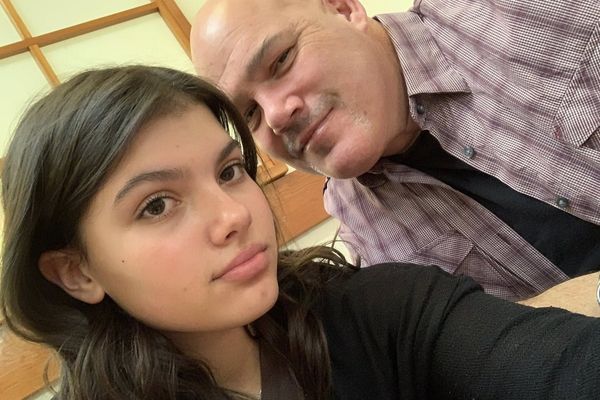
Early English enslavers sourced copper from Cornwall to create manilla bracelets, the grim currency of the transatlantic slavery trade, and used an impure mix to maximise their profits, according to a study.
Dr Tobias Skowronek, a German scientist, has conducted a scientific analysis of horseshoe-shaped bracelets that were exchanged over hundreds of years for enslaved people from Africa who were transported to Europe, the Americas, and the Caribbean.
His study revealed that copper had been sourced from Cornwall decades earlier than previously thought, overturning assumptions that it had come primarily from Sweden and Flanders until the 1720s.
He also found that many of the bracelets had been made from an inferior-quality metal, to “buy” humans as cheaply as possible.
He said: “What was a very interesting discovery is that the kind of copper used for the production of manillas was very impure. They tried to make the trade economical, and not very good material was used.”
Skowronek, a post-doctoral researcher at the Technical University of Georg Agricola in Bochum, Germany, said enslavers had clearly tried to cheat the Africans with whom they traded, although contemporary accounts record that the Africans checked for lesser-quality copper.
He said: “They would smash manillas with a hammer. If the manilla would bend, it was good quality, because then you had a very pure copper. If the manilla would break, you had bad quality.”
Skowronek analysed 100 examples retrieved from seven shipwrecks, vessels that had sunk between 1524 and 1843, spanning the era of transatlantic slavery trade.
Dr Sean Kingsley, a leading British marine archaeologist and co-author of a forthcoming book on the slavery trade, described Skowronek’s study as “groundbreaking” as it offered fresh insights into “how England managed the slave trade machine for maximum efficiency and profit”.
In using inferior copper, taking it to Africa to maximise leverage, “they were buying low and selling high”, he said.
Kingsley has explored dozens of shipwrecks worldwide, but “slaver” ships have been particularly hard to find. One of them is a 17th-century English merchantman that he identified as the world’s earliest Royal African Company English “slaver” ship, that had been returning from a trading voyage to west Africa and the Caribbean when it sank in a storm in the Channel.
Some of the bracelets recovered from that site were included in the new study, revealing that they were “of a very bad and cheap quality copper to maximise profits”, he said.
He noted that, in the 1680s, around the time that the vessel sank off the Western Approaches to the west of Ireland, the Royal African Company merchant John Thorne was able to buy one person for 200 bracelets.
Skowronek said that while the big English slavery traders later sourced their metals from Sweden, those particular bracelets showed that Cornish copper was used for the production of these currencies earlier than previously assumed.
Kingsley’s book, Enslaved: the Sunken History of the Transatlantic Slave Trade, co-written with Simcha Jacobovici, is published on 4 October.
They write: “The transatlantic slave trade would never have happened if it did not generate money. Tons of money. Much of the world we live in today was built on the back of enslaved Africans.
“The manillas fed into a money-making global machine that sold Africans to the plantations of the Americas and kept the west addicted to sugar, coffee and tobacco, today a $900bn annual industry.”
The book adds that the manilla bracelets – “poor man’s blood diamonds” – were now “helping the world understand its colonial past”.







